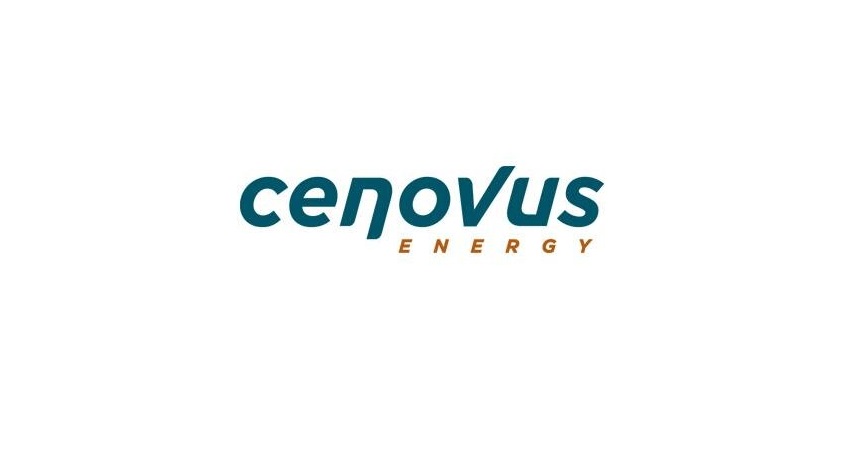by Holly Framsted, Blackrock
Worried over increased volatility and uncertainty? Could this be the market peak? Quality and Minimum Volatility strategies may help build much needed portfolio resilience.
Following December’s heightened market volatility–and with ongoing geopolitical uncertainty, trade wars and slowing global growth–my recent conversations with clients have resoundingly focused on how to build more resilience into their portfolios. Proper positioning for a market slowdown or significant bouts of volatility is something that can keep even the most experienced investor up at night. [backc url='http://www.dynamic.ca/leadership/eng/active.html?fund=dreii2f&utm_source=aa&utm_medium=banner&utm_campaign=alts_2019&utm_content=dreii2f']
Investors have frequently turned to Quality and Minimum Volatility strategies for just this type of resilience. We have seen evidence of this trend in flows into iShares Edge MSCI USA Quality Factor ETF (QUAL) and iShares Edge MSCI Min Vol USA ETF (USMV). Year to date through February 28, 2019, flows into QUAL and USMV totaled $1.8B and $2.6B respectively. These flows followed combined inflows into the two funds of $7.2B in 2018[1].
Positioning for late-cycle markets
It’s easy to see why investors are turning to these strategies. Both factors have tended to outperform in the later stages of the economic cycle – performing best at the peak of the cycle or at the beginning of an economic slowdown, as the chart below shows.
We can go even deeper by analyzing monthly market returns over the last four years, both for the whole period and across different gradations of returns[2]. In down markets, the Quality factor and the Minimum Volatility factor[3] have outperformed the broader market[4] 71% and 79% of the time, respectively. Importantly, for both factors the likelihood of out-performance increased as the market return declined.
While both strategies have provided investors with out-performance in periods of market decline, it is important to notice the more subtle differences in factor behavior particularly when the market returns are more extreme. As the chart shows, when the market declined more than 2%, the Minimum Volatility factor was more likely to outperform. In contrast, when the broad market was trending and rose more than 2%, the Quality factor was more likely to outperform.
Another way to look at resilience is through upside and downside capture, how much each factor participated in positive and negative environments, respectively. Not surprisingly, during the full period observed, the Quality factor provided investors with higher upside potential, but at the expense of a higher downside capture. In contrast, the Minimum Volatility factor provided much lower downside capture but sacrificed some upside potential.
Resilience through different lenses
What upside-downside capture makes clear is that while Quality and Minimum Volatility strategies both provide investors with potential for portfolio resilience, their objectives and behavior differ. As a result, they may serve different purposes in a portfolio:
- Quality strategies seek enhanced returns versus the market through exposure to profitable companies with less debt and more stable earnings. Since the Quality factor has historically delivered more upside capture with less downside resilience, it may be more appropriate for risk-aware, return seeking investors.
- Minimum Volatility strategies aim to create a holistic portfolio with lower risk than the market. The factor has historically delivered lower downside capture, but lower upside potential as well, making it more appropriate for investors seeking to reduce risk while still maintaining potential for returns similar to the broader market.
Investors looking to structure more resilient portfolios in the face of the uncertain market environment ahead may be well-served to incorporate both Quality and Minimum Volatility strategies.
Holly Framsted, CFA, is the Head of US Factor ETFs within BlackRock’s ETF and Index Investment Group and is a regular contributor to The Blog. Elizabeth Turner, Vice President and Christopher, Associate are members of the Factor ETF team and contributed to this post.
[1] Source: BlackRock, as of February 28, 2019
[2] Start date of analysis based on the first full month of live performance for the MSCI USA Sector Neutral Quality Index (January 2015) through February 28, 2019.
[3] Quality factor is represented by the MSCI USA Sector Neutral Quality Index. Minimum Volatility factor is represented by the MSCI USA Minimum Volatility (USD) Index.
[4] The broader market is defined as the S&P 500 Index.
Carefully consider the Funds’ investment objectives, risk factors, and charges and expenses before investing. This and other information can be found in the Funds’ prospectuses or, if available, the summary prospectuses which may be obtained by visiting www.iShares.com or www.blackrock.com. Read the prospectus carefully before investing.
Investing involves risks, including possible loss of principal.
The iShares Minimum Volatility Funds may experience more than minimum volatility as there is no guarantee that the underlying index’s strategy of seeking to lower volatility will be successful.
There can be no assurance that performance will be enhanced or risk will be reduced for funds that seek to provide exposure to certain quantitative investment characteristics (“factors”). Exposure to such investment factors may detract from performance in some market environments, perhaps for extended periods. In such circumstances, a fund may seek to maintain exposure to the targeted investment factors and not adjust to target different factors, which could result in losses.
This material represents an assessment of the market environment as of the date indicated; is subject to change; and is not intended to be a forecast of future events or a guarantee of future results. This information should not be relied upon by the reader as research or investment advice regarding the funds or any issuer or security in particular. This document contains general information only and does not take into account an individual’s financial circumstances. This information should not be relied upon as a primary basis for an investment decision. Rather, an assessment should be made as to whether the information is appropriate in individual circumstances and consideration should be given to talking to a financial advisor before making an investment decision.
This material is not intended to be relied upon as a forecast, research or investment advice, and is not a recommendation, offer or solicitation to buy or sell any securities or to adopt any investment strategy. The opinions expressed are as of March 2019 and may change as subsequent conditions vary. The information and opinions contained in this post are derived from proprietary and non-proprietary sources deemed by BlackRock to be reliable, are not necessarily all-inclusive and are not guaranteed as to accuracy. As such, no warranty of accuracy or reliability is given and no responsibility arising in any other way for errors and omissions (including responsibility to any person by reason of negligence) is accepted by BlackRock, its officers, employees or agents. This post may contain “forward-looking” information that is not purely historical in nature. Such information may include, among other things, projections and forecasts. There is no guarantee that any forecasts made will come to pass. Reliance upon information in this post is at the sole discretion of the reader. Past performance is no guarantee of future results. Index performance is shown for illustrative purposes only. You cannot invest directly in an index.
The iShares Funds are distributed by BlackRock Investments, LLC (together with its affiliates, “BlackRock”).
The iShares Funds are not sponsored, endorsed, issued, sold or promoted by MSCI Inc., nor does this company make any representation regarding the advisability of investing in the Funds. BlackRock is not affiliated with MSCI Inc.
©2019 BlackRock, Inc. All rights reserved. iSHARES and BLACKROCK are registered trademarks of BlackRock, Inc., or its subsidiaries in the United States and elsewhere. All other marks are the property of their respective owners.
ICRMH0419U-776303-1/1

















